Alexander Lavertue
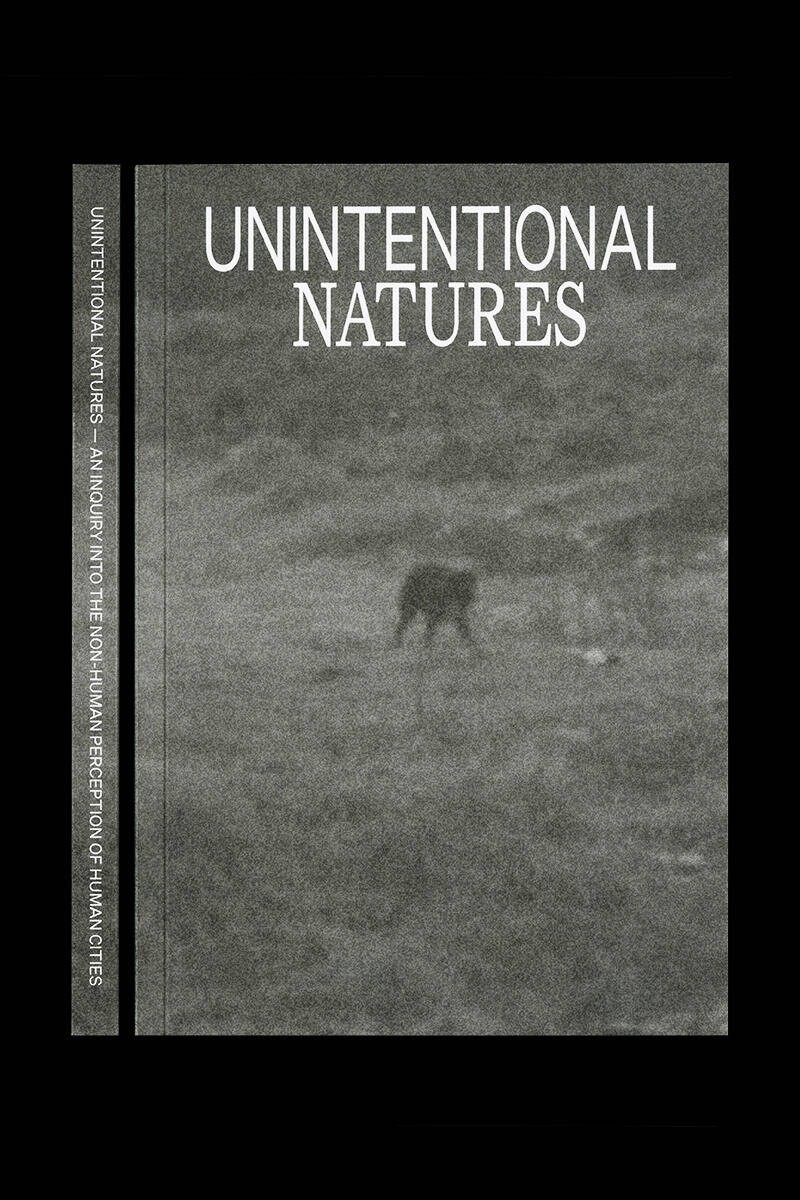
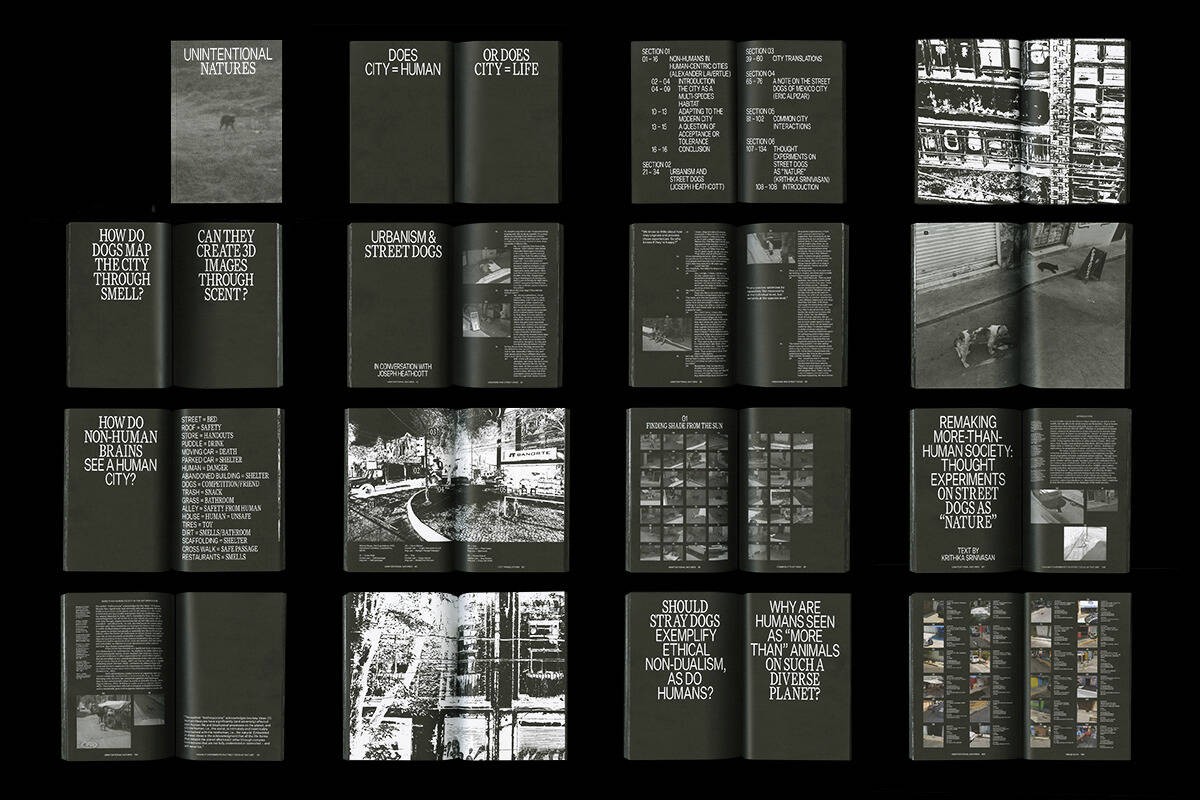
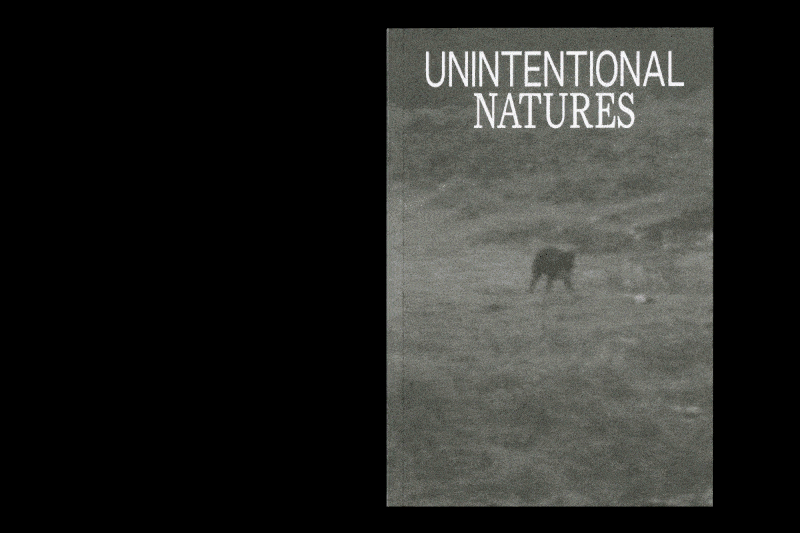
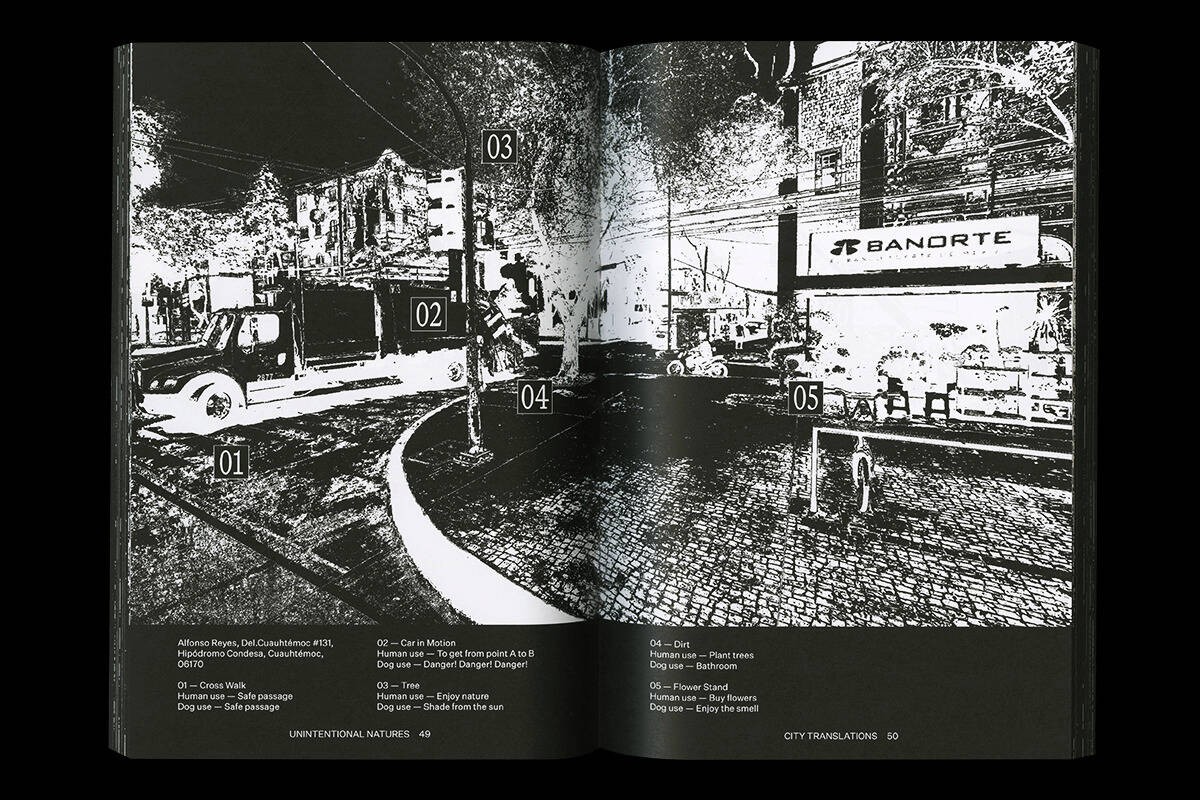
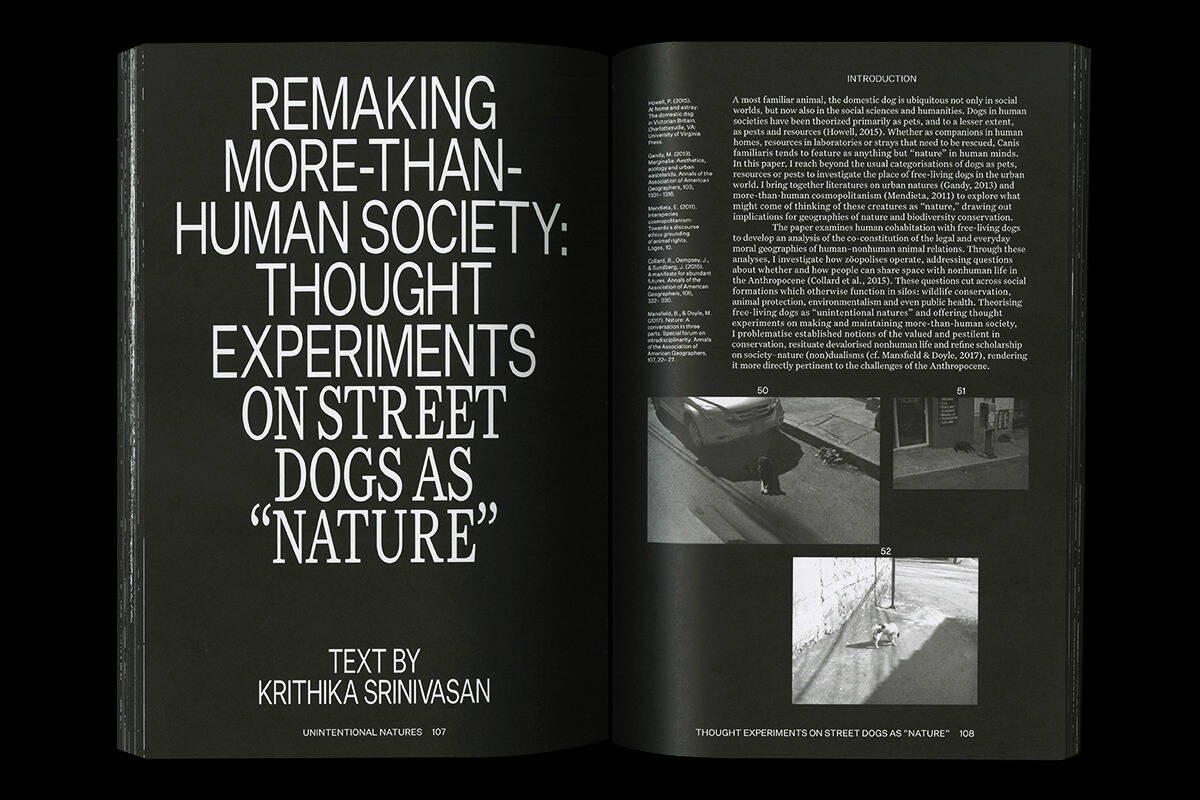
Unintentional Natures is an inquiry into how non-human entities comprehend the complexities of human urban settings. Our canine counterparts are among the most prominent of these non-human entities. Stray dogs have found their home in most cities; cultural norms dictate how these dogs will be interpreted and whether they will be cared for or killed, but regardless of human attitude towards these dogs, they remain integral to the urban landscape.
The project's objective is to gain a deeper understanding of how dogs interpret the human-made structures of cities in their present state, given that they are not designed for them. The book focuses on Mexico City, but its reach extends beyond, encompassing other metropolises such as Chennai, India, and Istanbul, Turkey. My interest in Mexico City was piqued by its high-density concrete topography, which seems at odds with the environment that would typically be conducive to a quadruped. The book's typographic system assigns sans (rigid, unnatural) to the human and serif (natural, free-roaming) to the dogs, which speaks to the duality of the issue. On the one hand, human residents seek to create strictly human-centered cities, erasing the natural world. On the other hand, dogs have adapted to these urban landscapes, making homes for themselves.
The book's visual exploration reflects the role of stray dogs in our communities, going beyond their negative connotation and treating them as significant members of society deserving of rights. Ultimately, the project serves as a reminder that our cities are more than human.